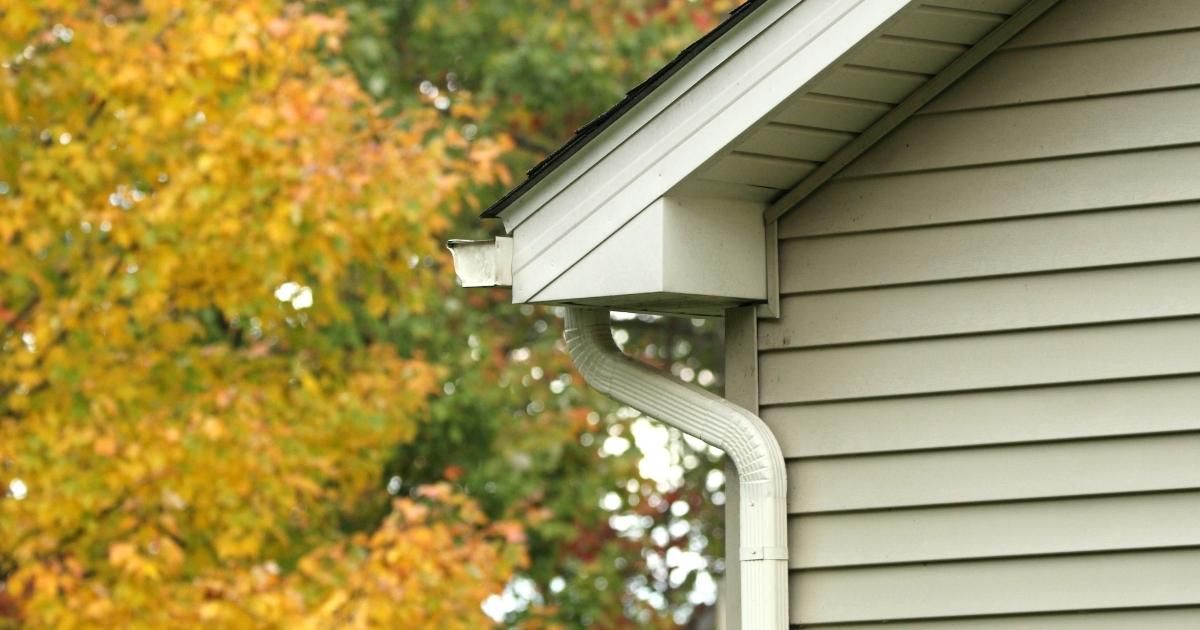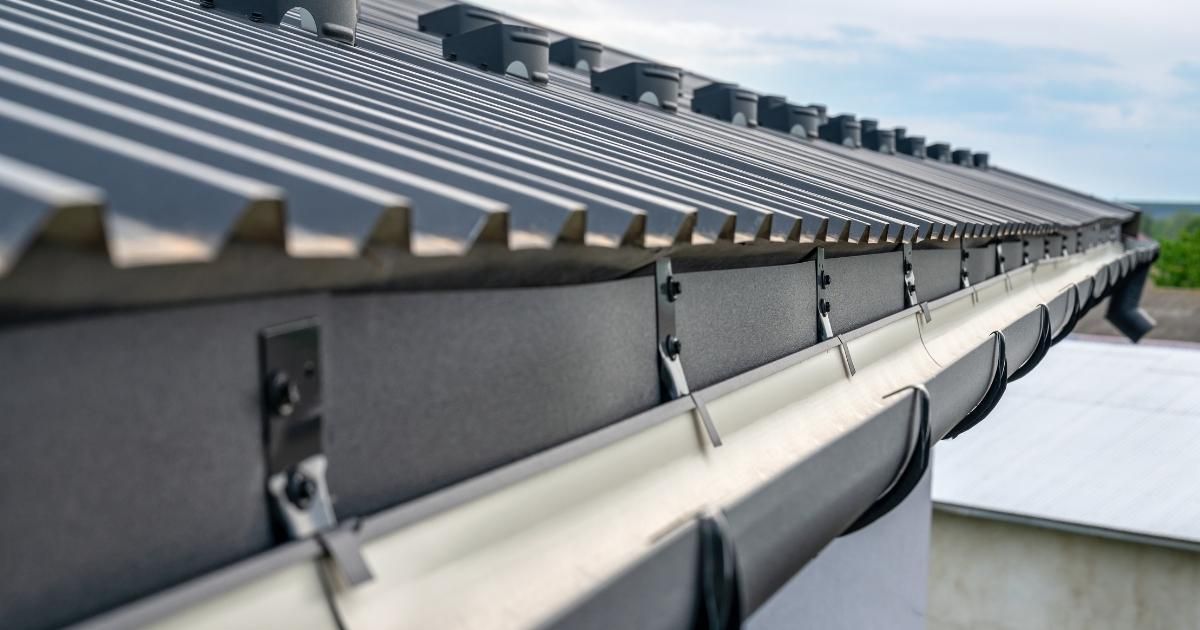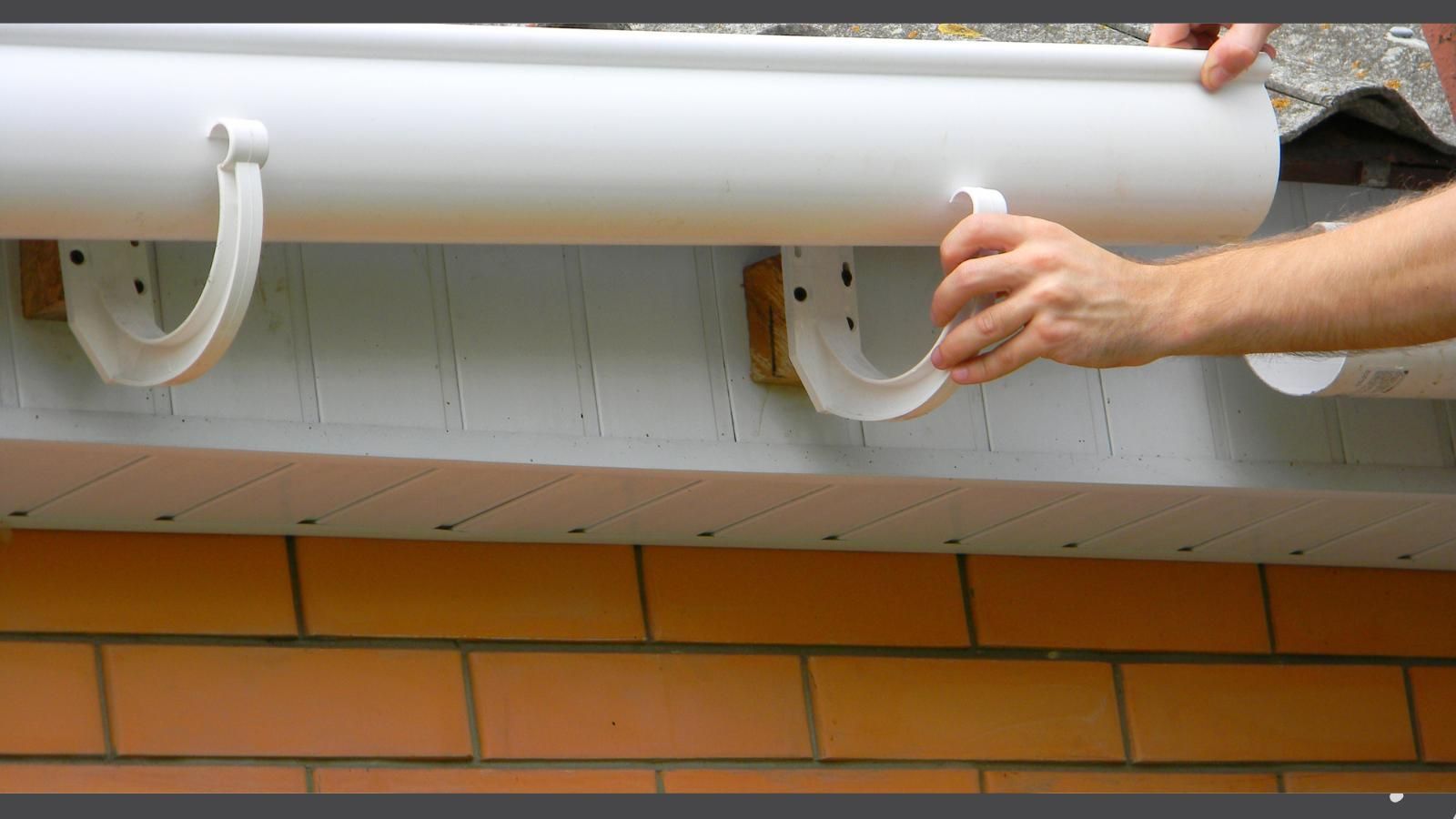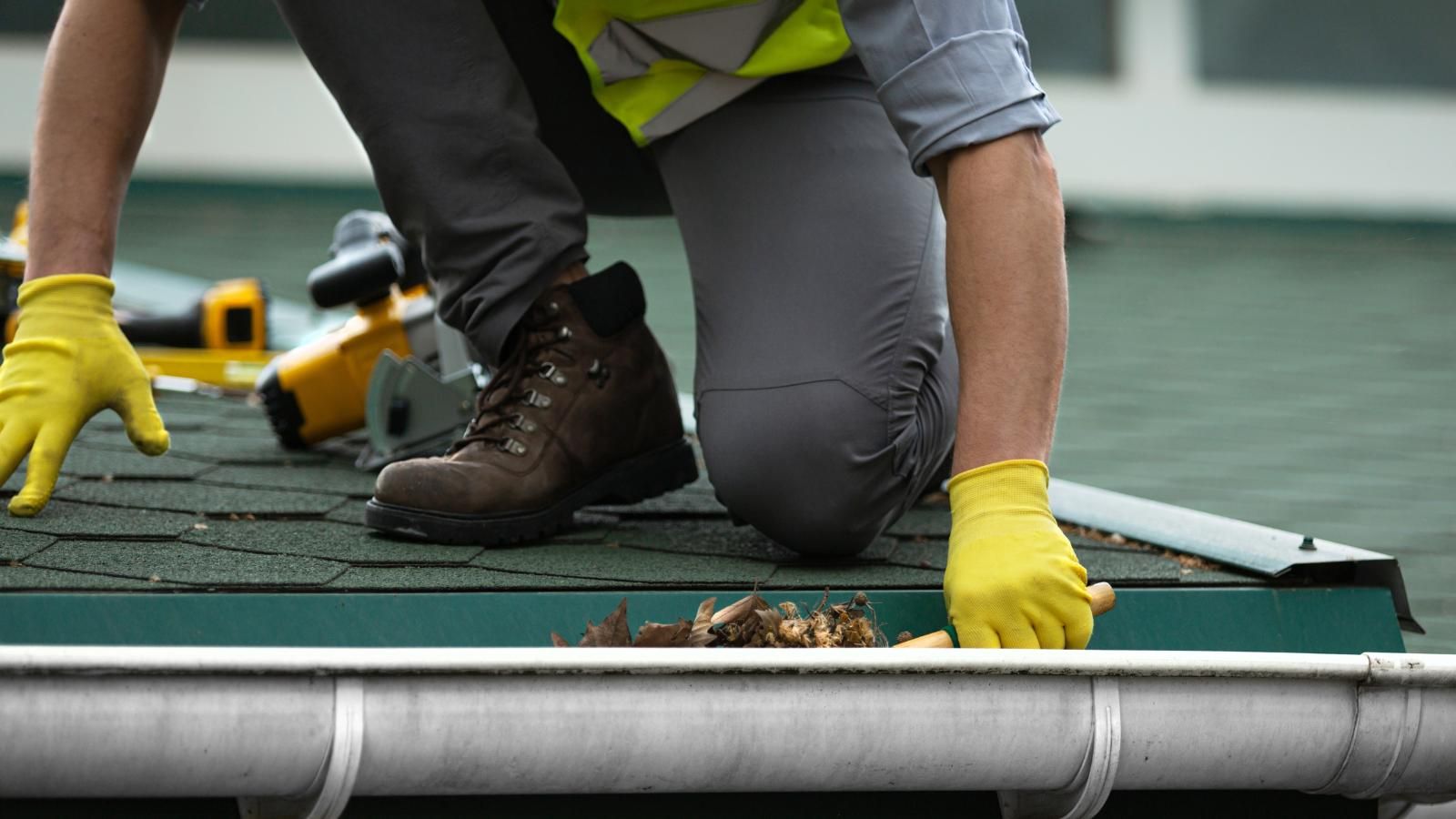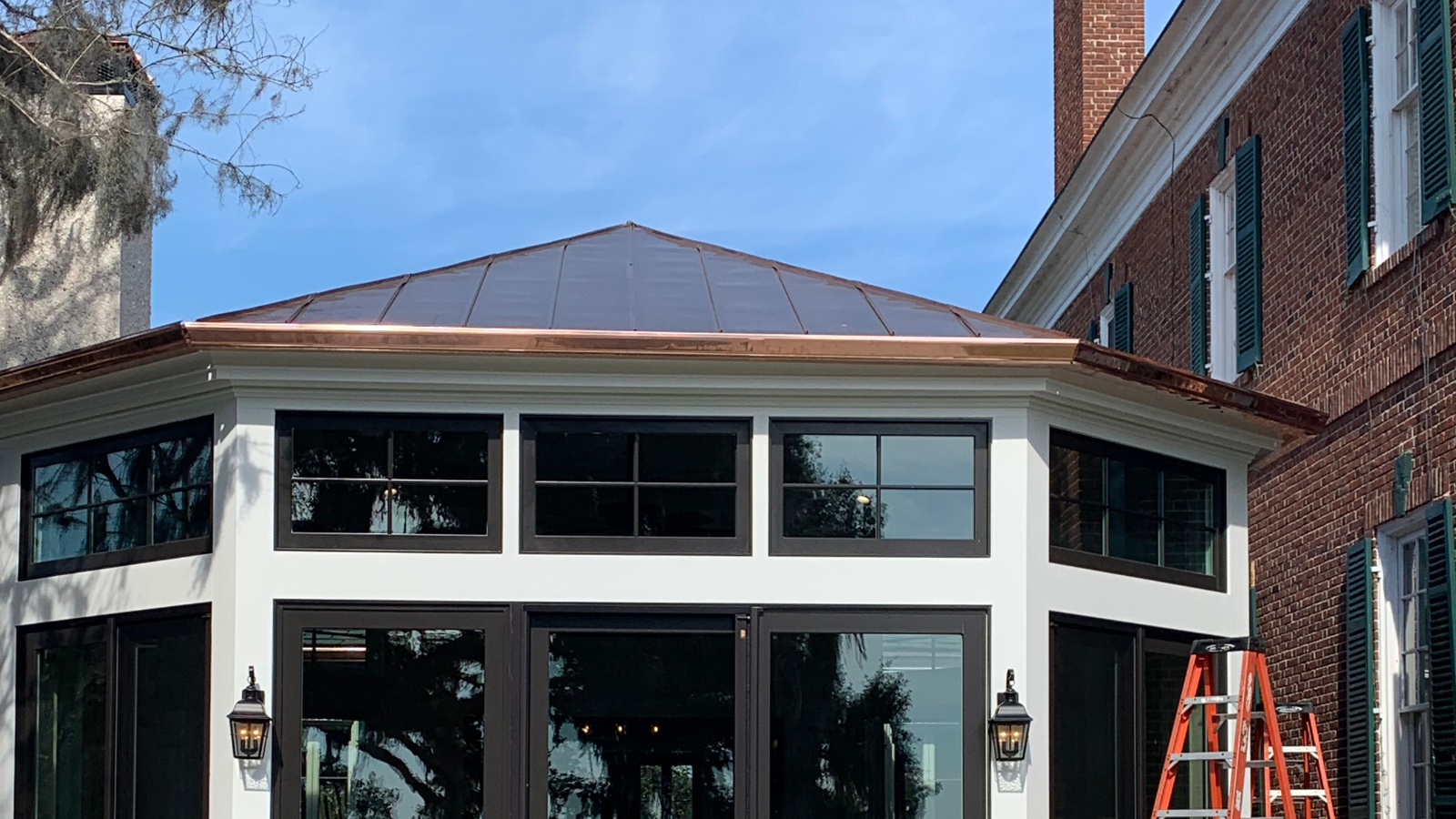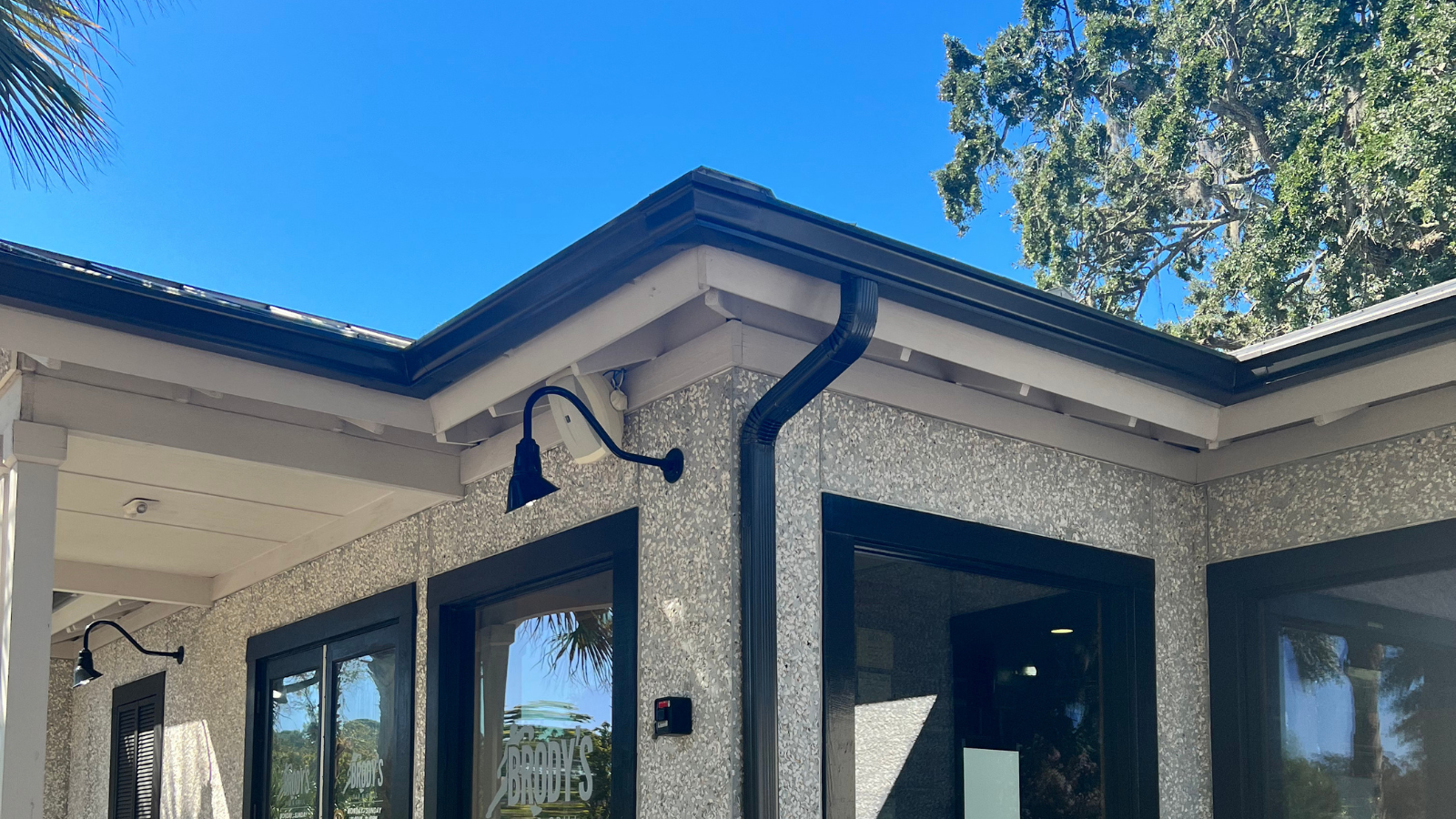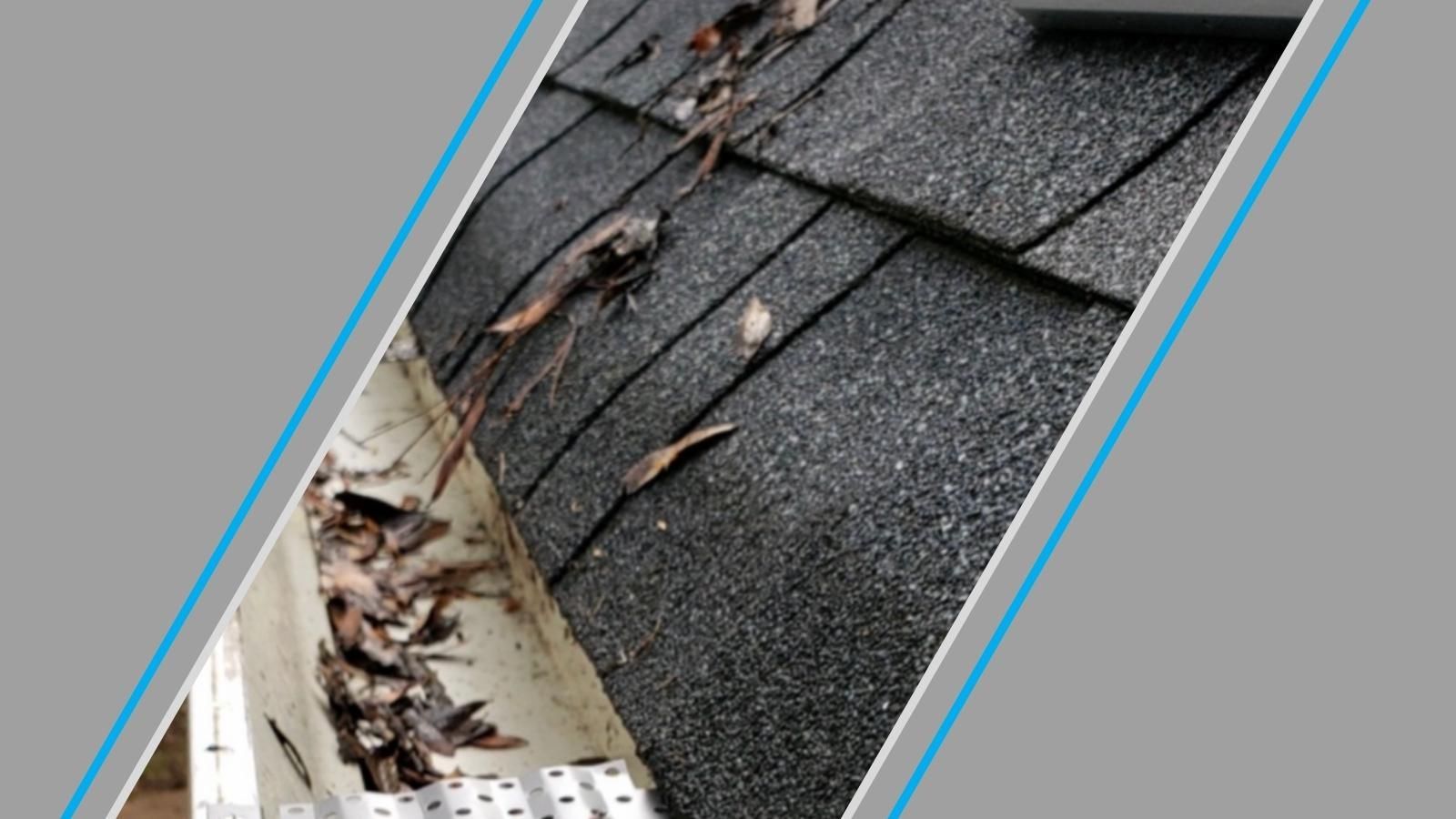When Should I Replace My Gutters? Signs It's Beyond Repair
Gutters are essential to protect your home from water damage, but they won’t last forever. So, how do you know when it’s time to
replace gutters? This post will guide you through the signs that your gutters are beyond repair, such as cracks, sagging, and pooling water. In addition, we'll discuss how long gutters usually last, depending on the materials and maintenance, and whether it's worth replacing them when getting a new roof. You will know when to replace gutters to keep your home in shape.
In this post you will learn:
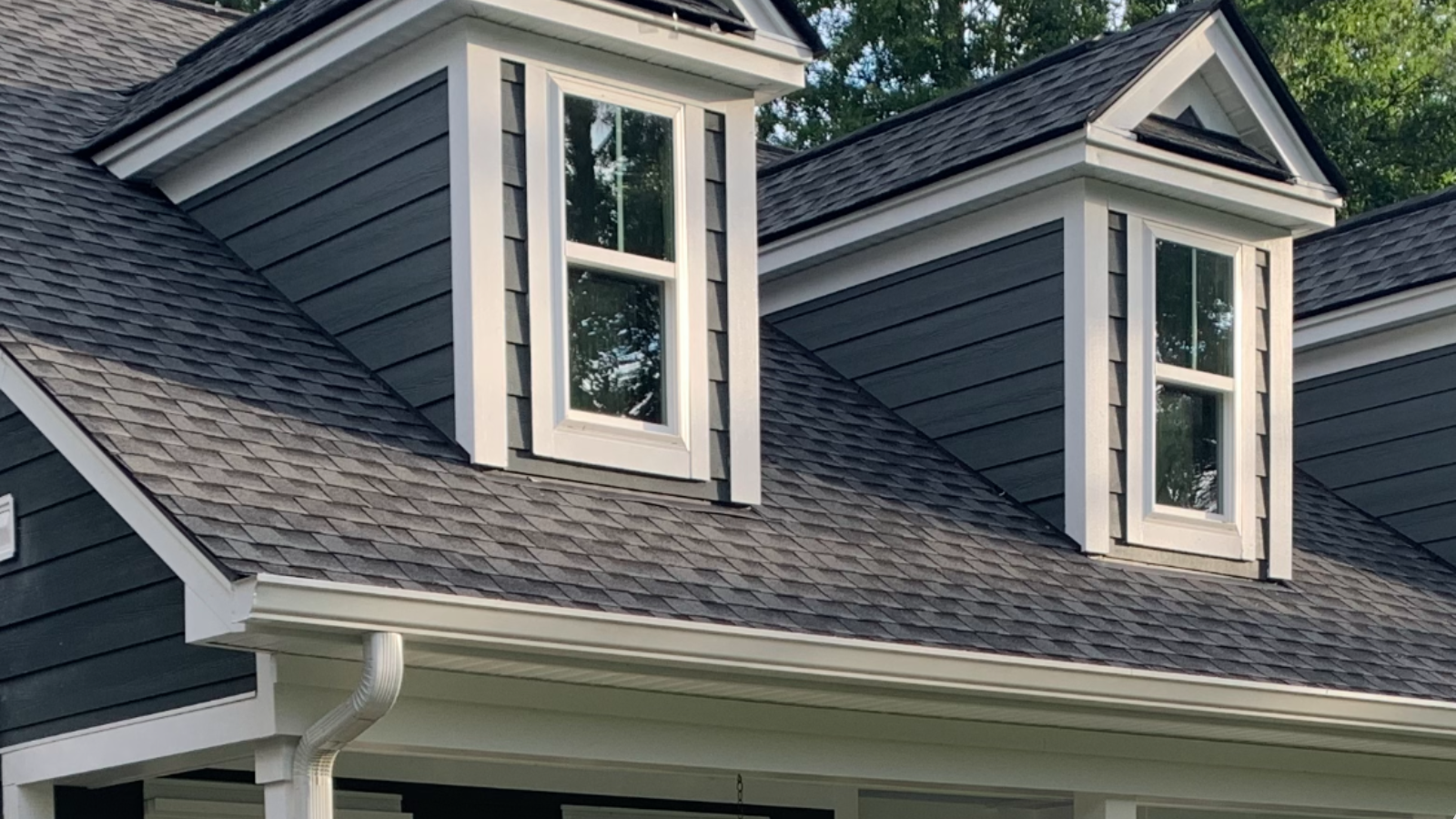
Deciding Between Gutter Repair and Replacement
Knowing when to replace gutters depends on the severity of the damage. If your gutters are severely sagging, rusting, or leaking in multiple areas, replacement is the best option; minor issues such as cracks or loose fasteners can be easily repaired. The age of your gutters is another factor to consider. Most gutters have a lifespan of around 20 years, so if yours are near or beyond that mark, gutter replacement will be more cost-effective than repairs. Repairs can be cheaper initially, but frequent fixes can add up. Often new gutters offer long-term savings – and peace of mind. New gutters installed alongside a new roof will ensure a cohesive, fully functioning system that protects your home from damage. Replacing both together can save on labor costs and help avoid future issues.
Repairing Cracks and Holes in Gutters
The harsh weather conditions and impact damage caused by falling branches and debris can cause cracks and holes in gutters. Over time, gutters can become brittle, leading to small cracks that allow water to leak.
Small cracks and holes can be simply repaired. Start by
cleaning the area around the damage to ensure the sealant adheres properly. Apply a gutter sealant to cracks, and smooth it out with a putty knife making a tight seal. A metal or mesh patch can be placed over larger holes before being secured with sealant to create a durable repair.
If the cracks and holes are extensive – we’re talking about multiple large holes, widespread cracking, or significant rusting – repairing will not be the best solution. In these cases, replacing gutters is recommended to prevent further damage to your home. True, replacements are expensive, but extensive damage compromises the structural integrity of the gutters, making repairs less effective and more costly in the long run.
Fixing Gutter Leaks at the Joints and Seams
Many times gutter leaks are discovered at the joints and seams, where different sections of the gutter system connect. Gaps in these areas are caused by wear and tear. As gutters expand and contract with changing temperatures, the sealant at the seams can break down, allowing leaks to develop. Poor installations also lead to leaks at the joints and seams.
Begin to fix minor leaks by cleaning the affected area to remove debris or old sealant. Next, apply a fresh bead of gutter seam sealant along the joint, pressing it into the seam with a putty knife for a watertight bond. Occasionally, the joint may simply need to be tightened. For
sectional gutters, tightening the screws or rivets that hold the joint together can stop a leak. The trick is ensuring the gutters are perfectly aligned so the water flows smoothly away from the house.
Replace gutters when experiencing frequent leaks at multiple points. Constantly patching up gutters that need to be replaced is not cost-effective. In the long run, replacing faulty gutters will benefit your home repair budget.
Addressing Sagging Gutters
Sagging gutters are typically caused by weakened fasteners that no longer hold the gutter securely against the roofline. Poor installations could also lead to sagging gutters. And the weight of trapped leaves, dirt, or standing water in the gutters will cause them to sag.
Sagging gutters can be fixed by reattaching them. Inspect the fasteners along the sagging sections. If the brackets or hangers are loose, tightening or replacing them can resolve the issue. Upgrading to stronger brackets or hangers with better support may be necessary. Check for proper slope, ensuring the gutters are slightly angled toward the downspouts.
Persistent sagging could indicate the gutters are too old or damaged, or that the fascia board (to which the Gutters are attached) is rotting. The best solution in this scenario is to replace the gutters.
Dealing with Rust and Corrosion
Rust can also compromise the structure of the gutter system, leading to sagging, breaking, or detachment from the roof.
Act early to treat and repair rust spots. Clean the rusted areas with a wire brush or sandpaper to remove loose rust. Then apply a rust-inhibiting primer to the area, followed by a protective coat of gutter sealant or paint designed for outdoor metal. Prevent rust buildup by removing debris and ensuring stormwater flows out freely.
You’ll know it’s time to replace the gutters if rust and corrosion are extensive. At this point, the integrity of the gutters has been compromised and repairs will be insufficient. Replacing the gutters with rust-resistant materials like Copper, Zink, Aluminum, or Vinyl will offer a long-term solution, preventing future rust issues altogether.
How Long Should Gutters Last and How Can You Extend Their Lifespan?
The lifespan of gutters varies depending on the material, climate conditions, and how well they are maintained. Different materials offer different levels of durability but all types will last longer with proper upkeep.
Copper gutters will endure for 50 to 100 years.- Zink gutters last from 40 to 80 years
- Aluminum gutters typically last 20 to 30 years
- Vinyl gutters generally last 10 to 20 years.
Extend the life of your gutters by:
Clean your gutters in the fall and spring. Keeping your gutters free of debris, such as leaves, twigs, and dirt prevents clogs that can lead to rust, sagging, or water damage.
Ensure your gutters have been installed correctly. Does the water flow out and away from the house?
Installing gutter guards can reduce the amount of debris entering your gutters.
These maintenance practices will maximize the longevity of your gutters.
Ensuring Your Home is Protected with Proper Gutter Maintenance and Replacement
Consider replacing your gutters if they show signs of extensive rust, corrosion, sagging, or persistent leaks at joints and seams. Gutters nearing the end of their typical lifespan may need to be replaced to prevent costly water damage. Frequent repairs or major structural issues are indicators that replacing gutters will be the best and most cost-effective solution. Be proactive with regular inspections and maintenance to extend the life of your gutters and avoid more expensive repairs in the future.
If you’re in Bluffton, SC, and unsure about the condition of your gutters, contact
Quality Seamless Gutters for a professional gutter inspection or replacement. Our advice for repairs or replacement will always be in your best interest.
843-812-8903.


